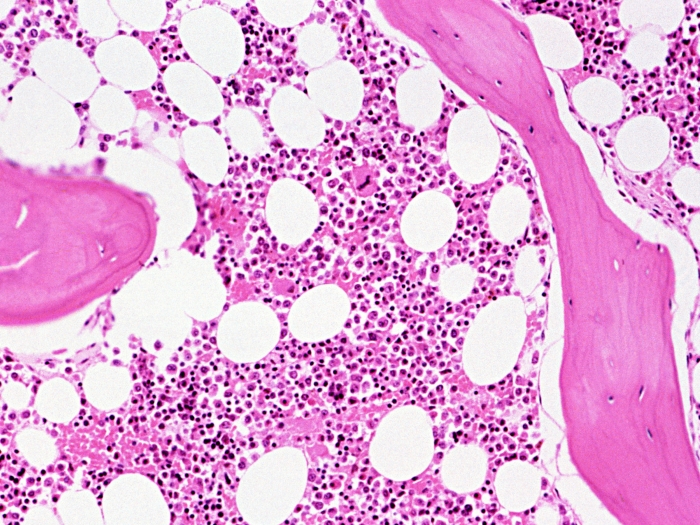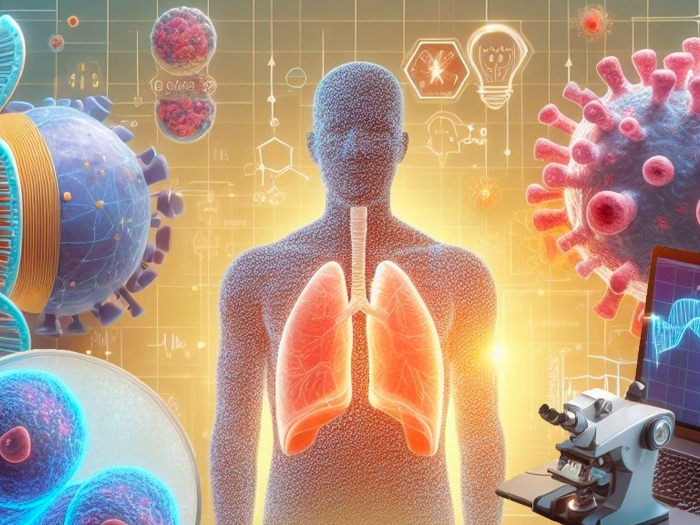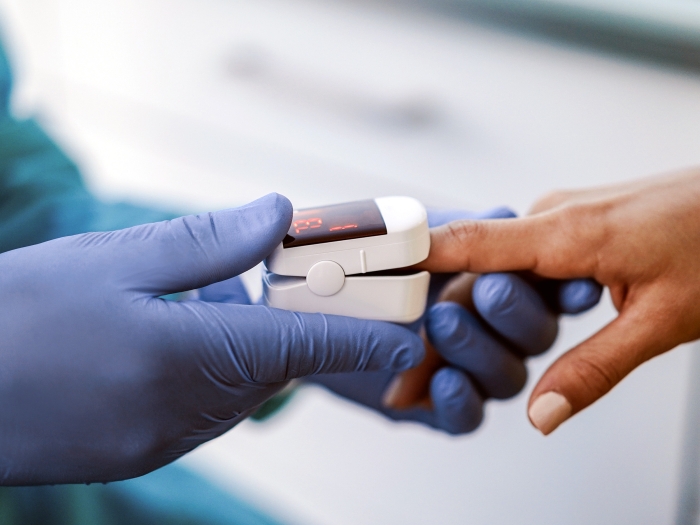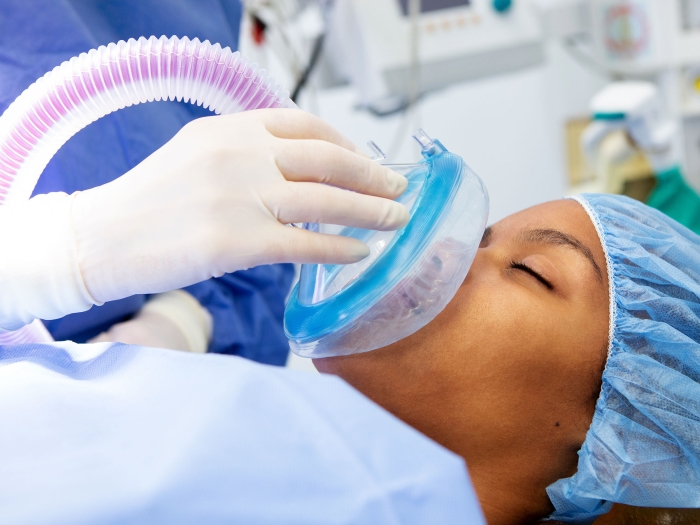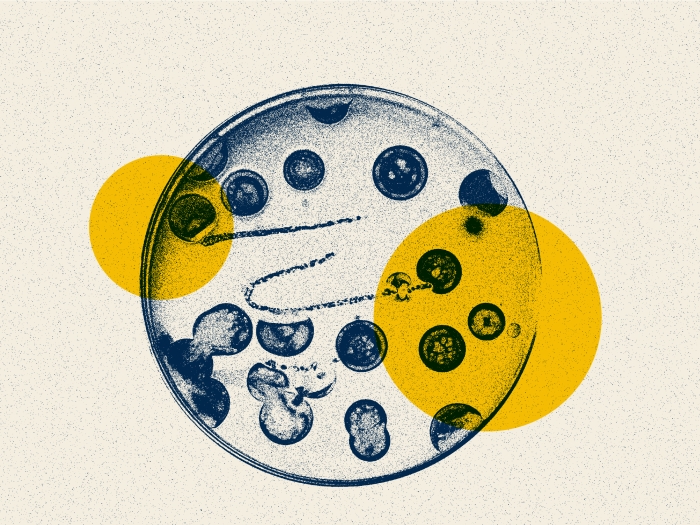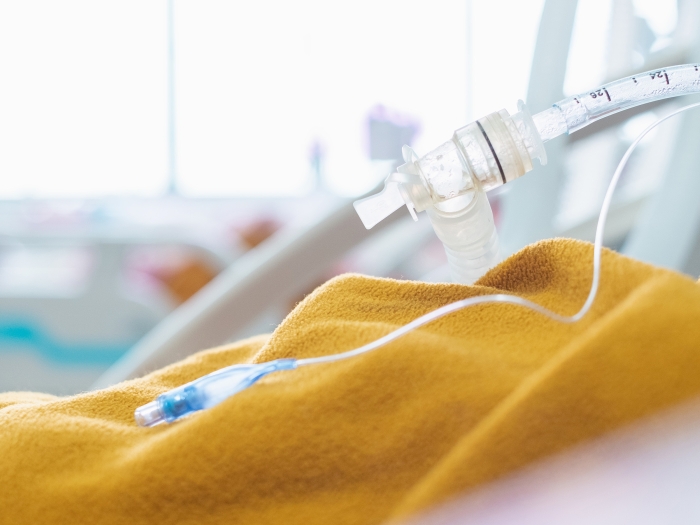By studying the roles of an inflammatory protein and antibodies in chronic rejection after lung transplantation, researchers discover possibilities for new treatments.
11:00 AM
Author |
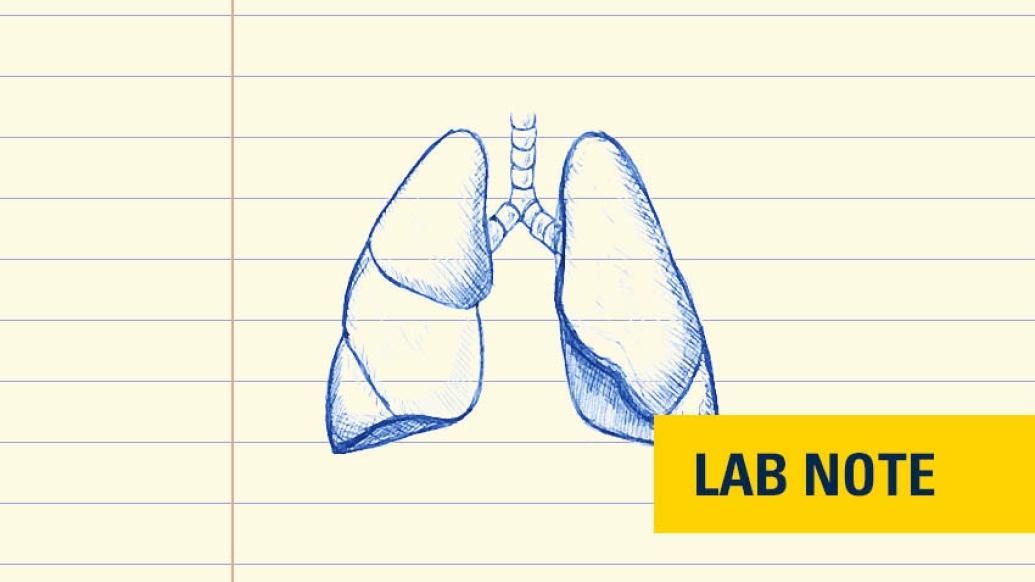
Two new papers examine the processes of lung scarring and chronic rejection of the organ after transplantation, and potential therapies to stop the graft, or transplanted organ and its tissue, from failing.
"Chronic graft failure due to progressive scarring is the number one worry of all transplant physicians with very few means available to stop it," says Vibha Lama, M.D., a lung transplantation physician and professor and vice chair of basic and translational research in internal medicine at Michigan Medicine. "We realize that the way for us to stop it is by discovering why, and how, this scarring develops so that we can offer novel personalized therapies for patients."
Lama is the senior author of the two papers that demonstrate the link between antibodies targeting the donor lung and a particularly aggressive form of chronic rejection after lung transplantation called restrictive allograft syndrome, or RAS.
"It's a very devastating diagnosis because the prognosis is very poor with a high six-month mortality rate and no current therapeutic options," Lama says.
In the study published in JCI Insight, the research team created a mouse lung transplant model that emulates the human disease seen in RAS and show that this specific form of chronic rejection is dependent upon B cells, a type of white blood cells which secrete antibodies. Lama says she then took the mouse model used in the study and applied it to another study, published in American Journal of Transplantation. In that paper, a group of scientists led by Lama, studied interleukin 6, an inflammatory protein, and its role in chronic rejection after lung transplant.
Along with demonstrating how interleukin 6 activates cells that cause lung scarring, they found that targeting this cytokine can be beneficial.
"We show in the mouse model that if the recipient is deficient in interleukin 6, we see much less fibrosis and less chronic rejection," Lama says.
She notes that more research needs to take place, but these studies, along with her previous work, continue to shed additional light on rejection in lung transplant patients.
"The most exciting part is that therapies are available to target both B cells and interleukin 6," Lama says. "The important part for us to understand is which patients with chronic rejection will benefit from them, and these studies moves us forward in that direction. Every transplant patient is unique and we want to have therapy options available that are specific to them."
Papers cited: "Humoral immune responses mediate the development of a restrictive phenotype of chronic lung allograft dysfunction," JCI Insight. DOI: 10.1172/jci.insight.136533.
"Interleukin 6 trans‐signaling is a critical driver of lung allograft fibrosis," American Journal of Transplantation. DOI: 10.1111/ajt.16417.

Explore a variety of healthcare news & stories by visiting the Health Lab home page for more articles.

Department of Communication at Michigan Medicine
Want top health & research news weekly? Sign up for Health Lab’s newsletters today!
